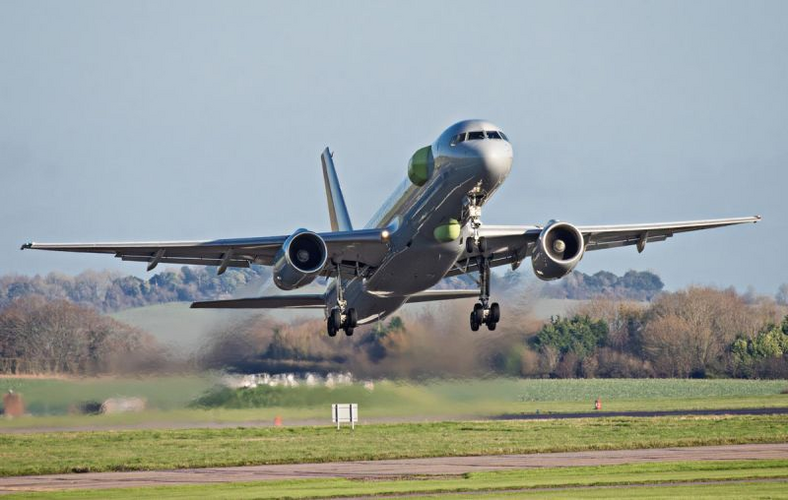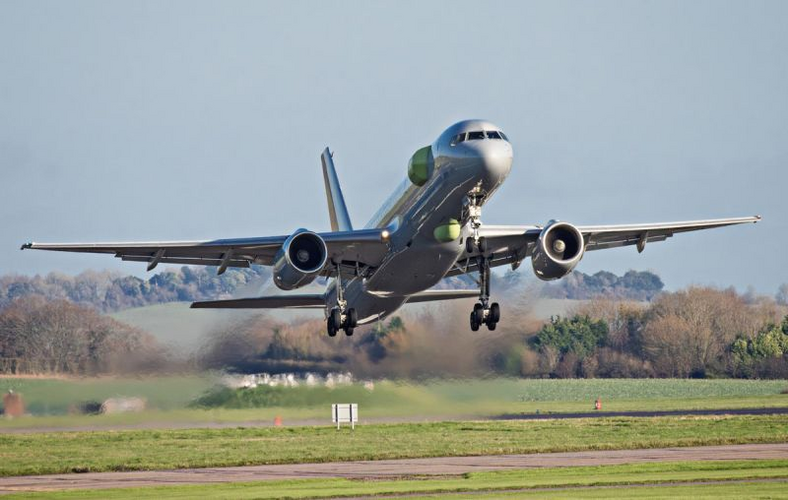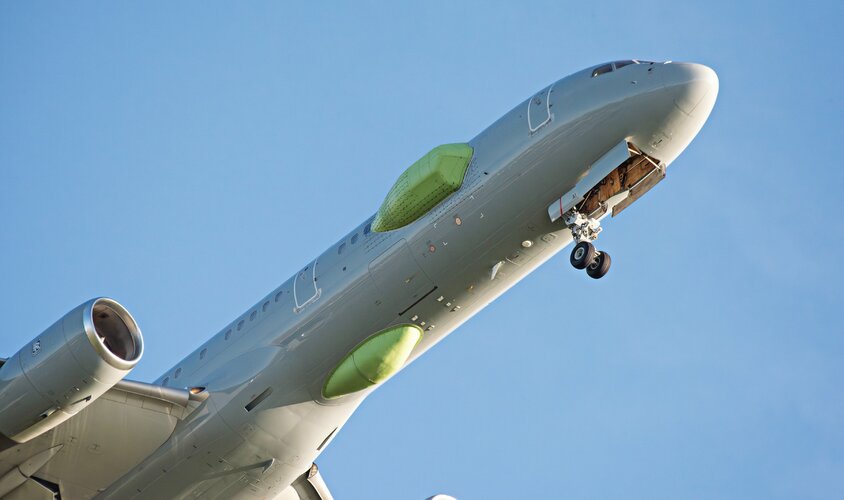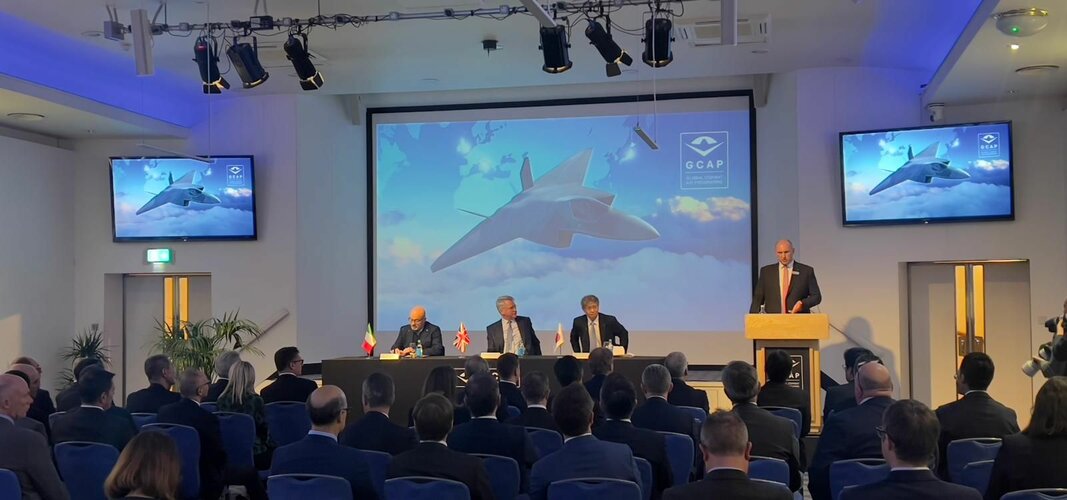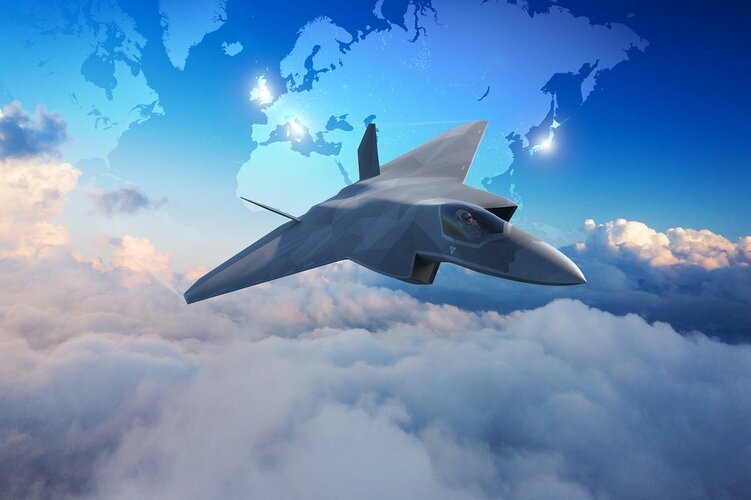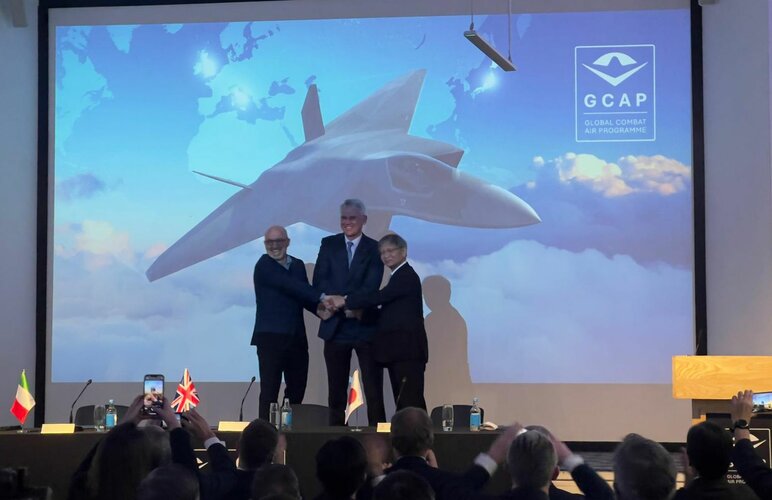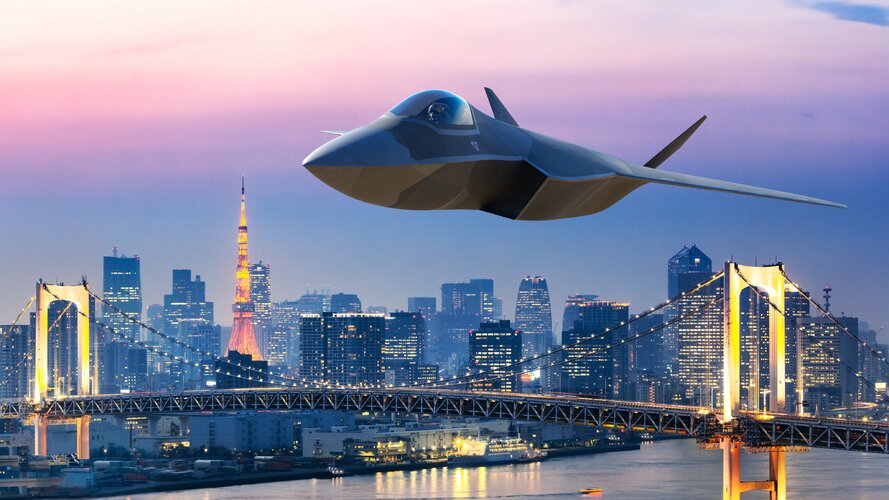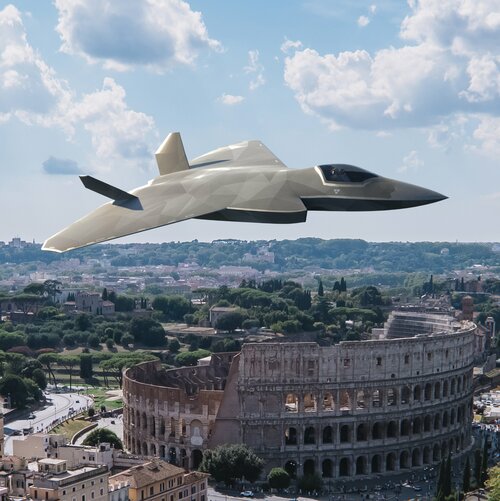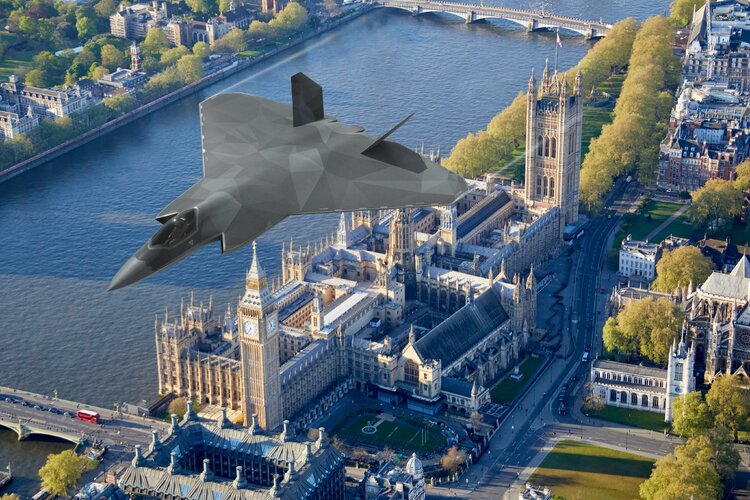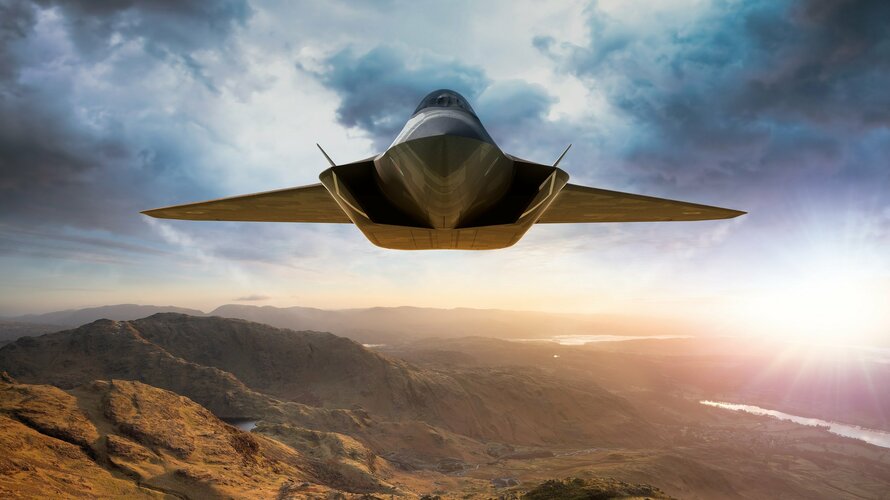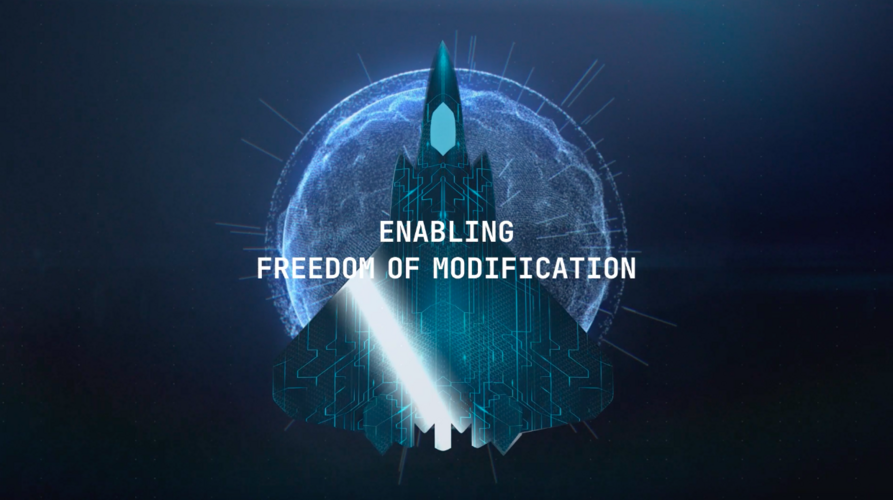The trouble is that most countries that can afford high-end military aircraft either have or want to develop their own industry to see return on their investment. And the array of competing products increases as more of the world fully industrialises. In other words the advantage has swung to the consumer.
That's quite the opposite of what is actually happening.
The number of countries that were able to design and produce up-to-date fighter designs of contemporary generation has constantly decreased, since the technology that goes into it has become more and more sophisticated and expensive, beyond the speed of industrialization of developing nations. Not to mention bleeding edge, for which there are currently only 3 countries that have developed a 5th gen design. There's a reason we rarely hear about some obscure fighter development project from some small country these daya, unlike during the 20th century. Fighter jet development has become just too hard of an undertaking.
Also, most developing nations were not so lucky when it comes to overcoming the middle income trap. The last few countries to ever do so were South Korea and Taiwan and that was almost 2 decades ago. One of these two has just given up on fighter development earlier this year. The only exception has been the former east bloc European nations, which are directly benefitting from EU common market, and are already fairly industrialized.
The problem is that any developing nation needs to compete with China when it comes to manufacturing industry, and China has gotten too good at it for anyone to compete purely on cost competitiveness. I don't see any new countries to emerge as industrialized, and engage on their own indigenous fighter jet development in the near future.
The advantage has definitely not swung to the consumer. For bleeding edge designs, the producers have more leverage than ever before simply because there's no other option. It's only if you are okay with being non-aligned that you could bargain between the very few fighter jet producers that could devlop top of the line fighters. Same reason the French enjoyed so much success with Mirage.
As for the Sauds, they always had a strong position in the weapons market, since there's no one else who has as deep of a pocket as they do. The only thing that changed these days is the American stance when it comes to their policies in the ME, which obviously led to change in Saudi's stance towards their alignment to the west. It's the fact that the Sauds are okay with taking a middle ground between the US/West and China today, that has changed, which they didn't during the cold war. That is their leverage.
Most other countries doesn't have that kind of leverage, if they are not aligned.
It will also be interesting to see what level of partnership Saudi Arabia is offered. I can't see them being happy if Germany (or Spain) are given higher authority.
Of course the details are not public, but it seems like their most important position is that they want their manufacturing/industrial workshare during the production of the jets. They probably would already know that they won't get any meaningful direct transfer of core technologies, from anyone. There would also be demands to reflect some of their operational requirements on the design, but that wouldn't be too hard.


